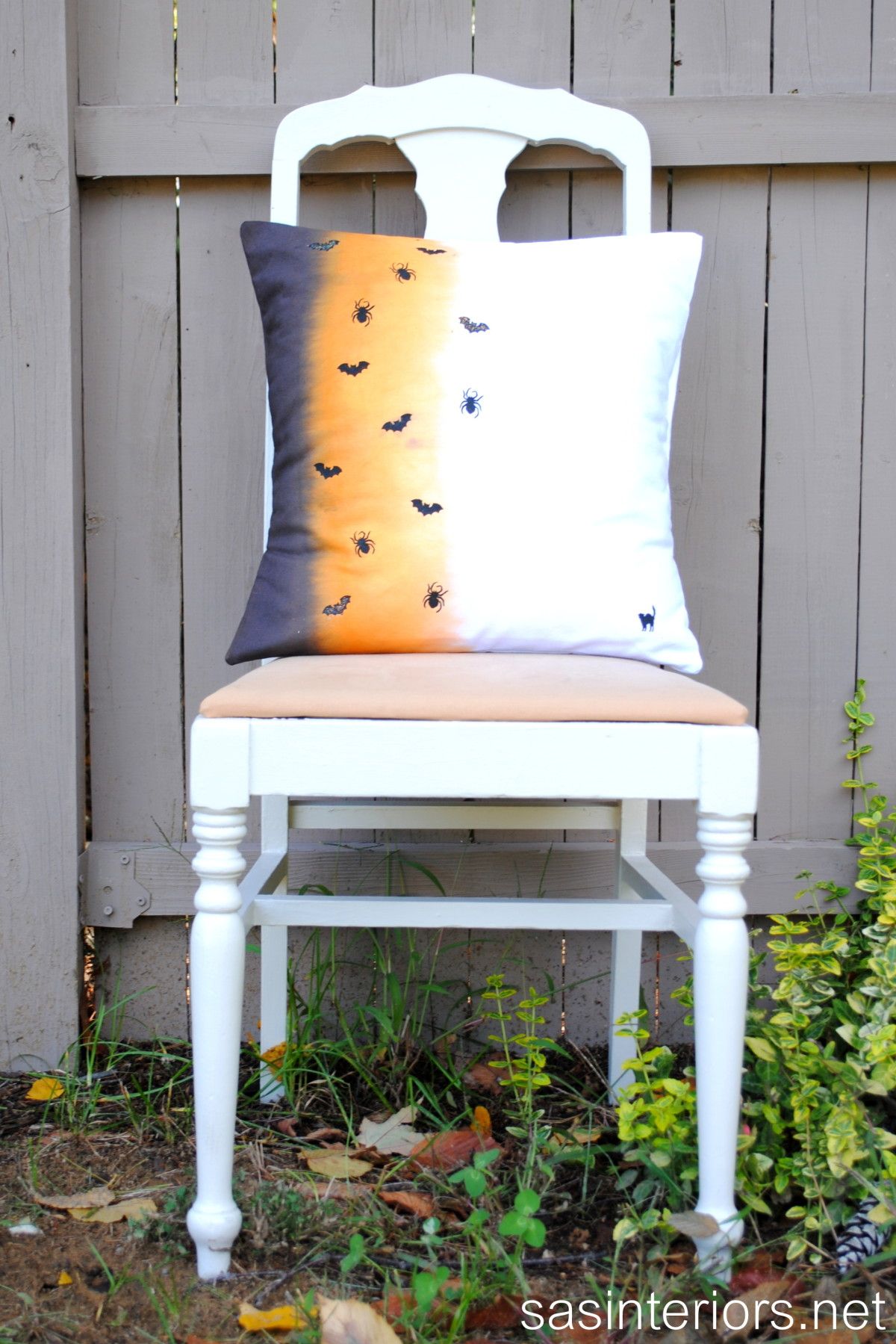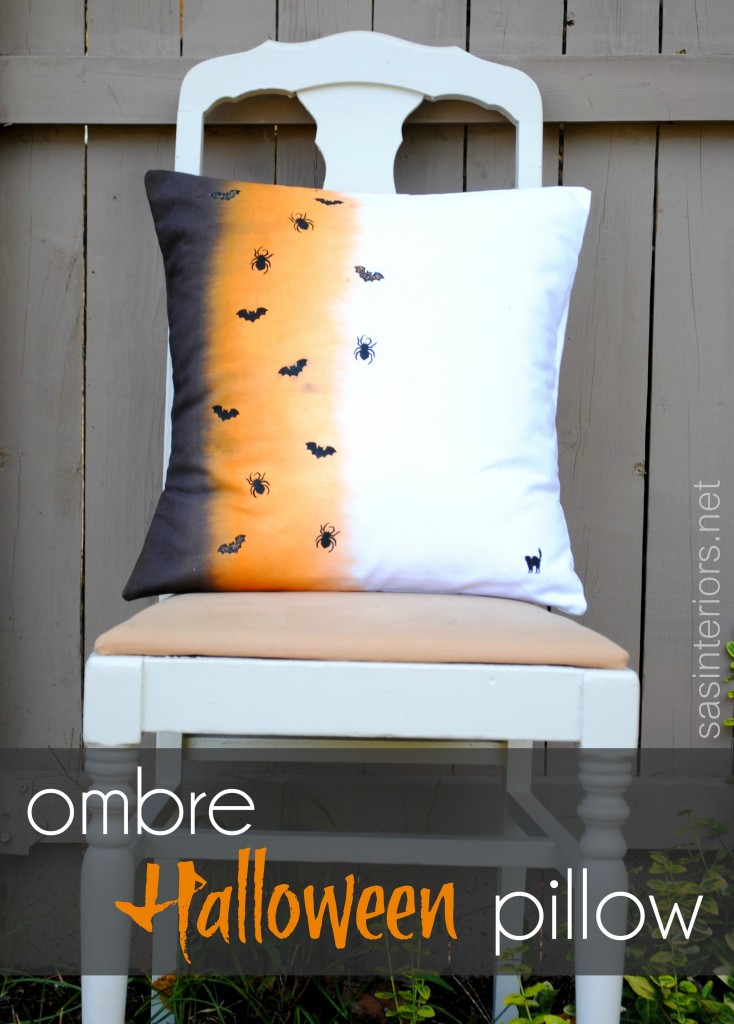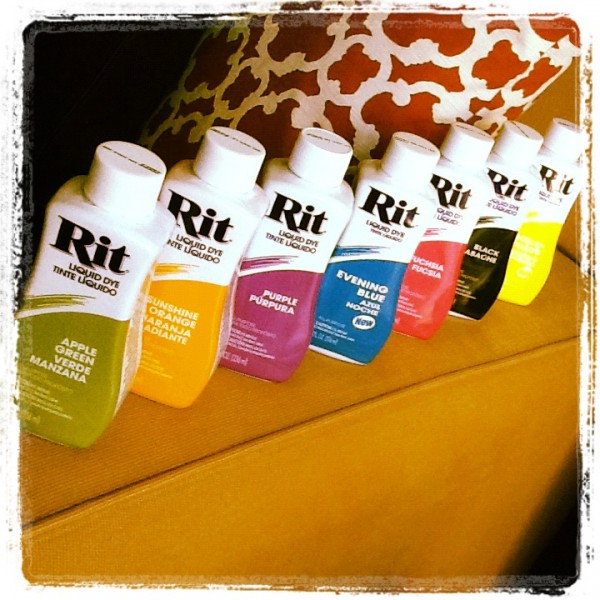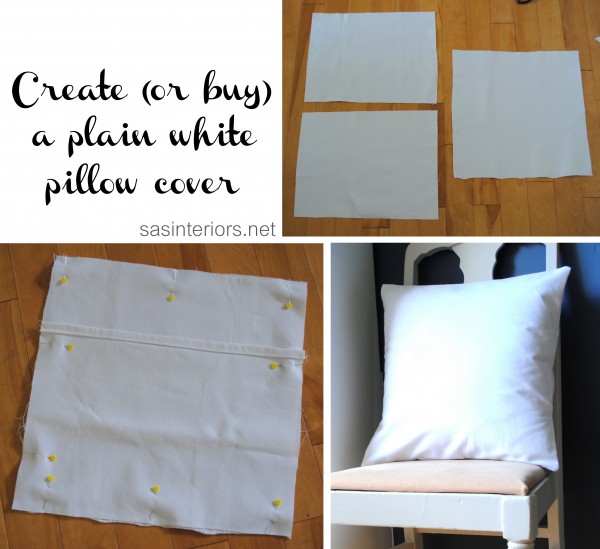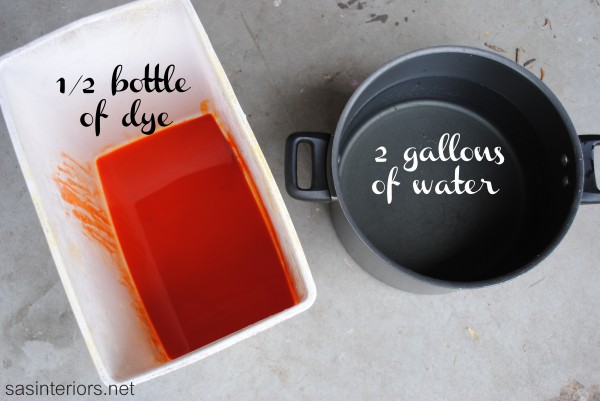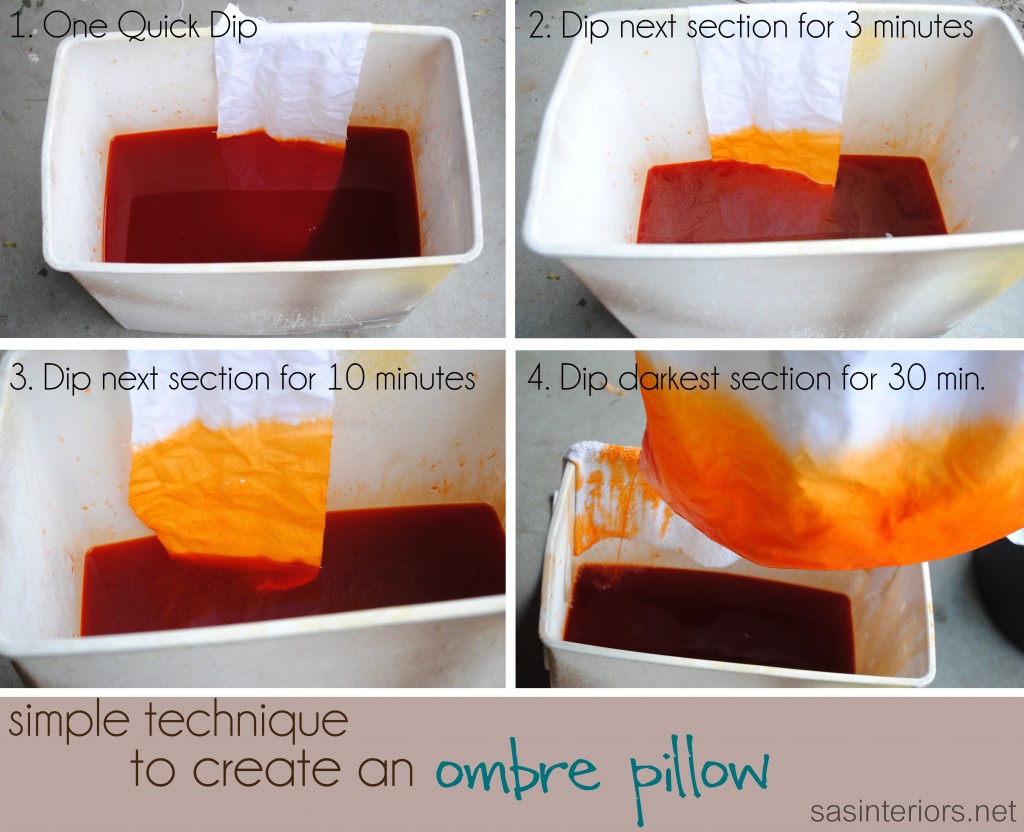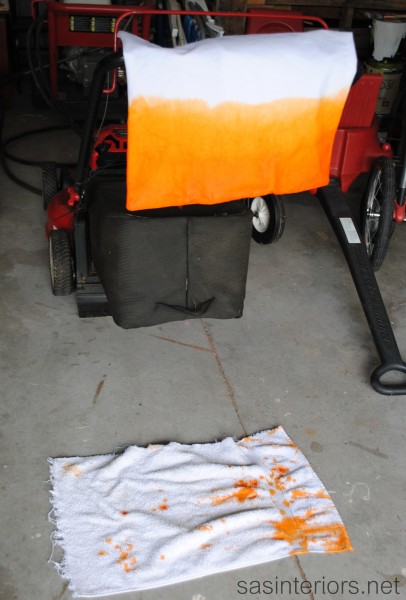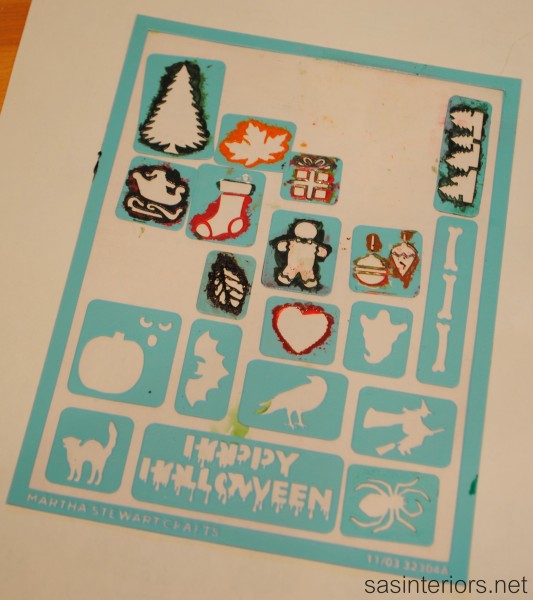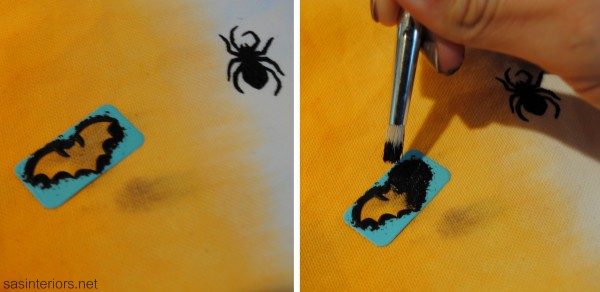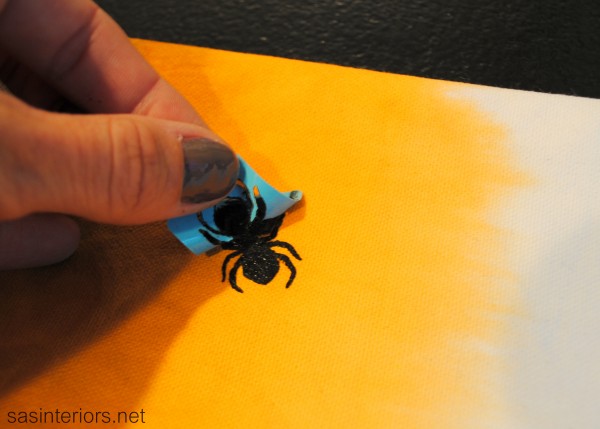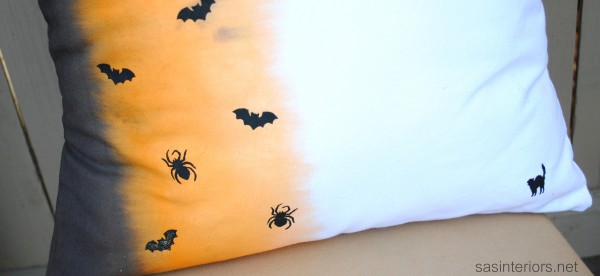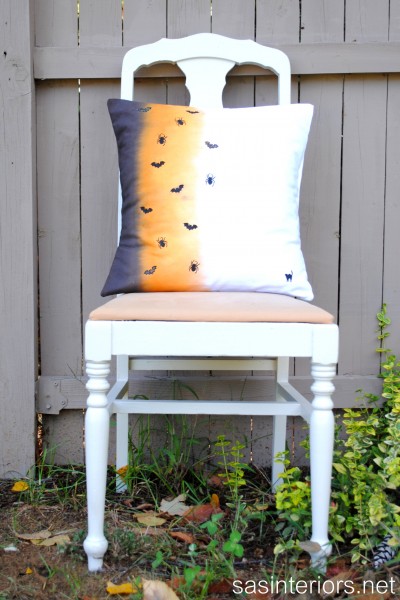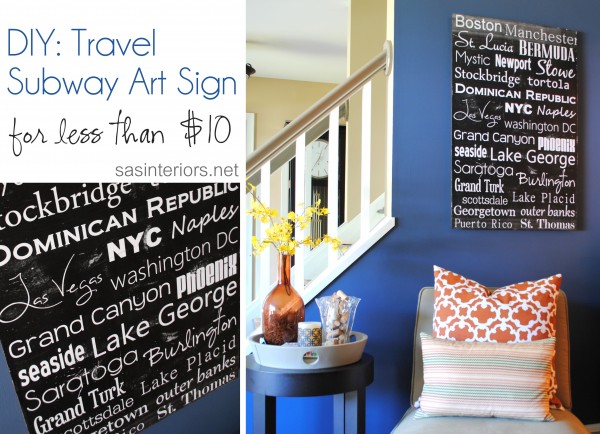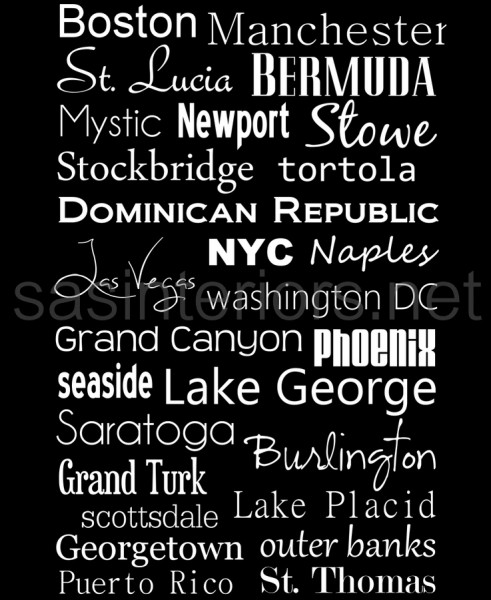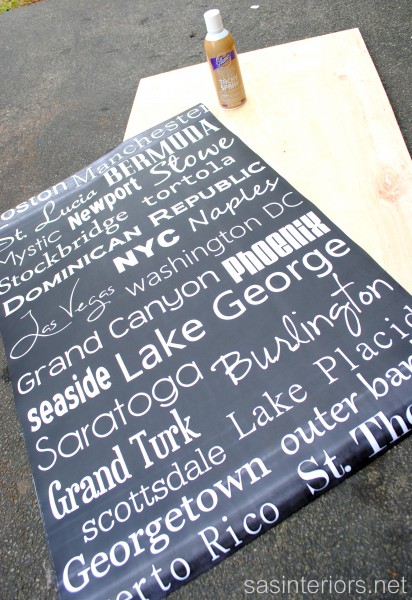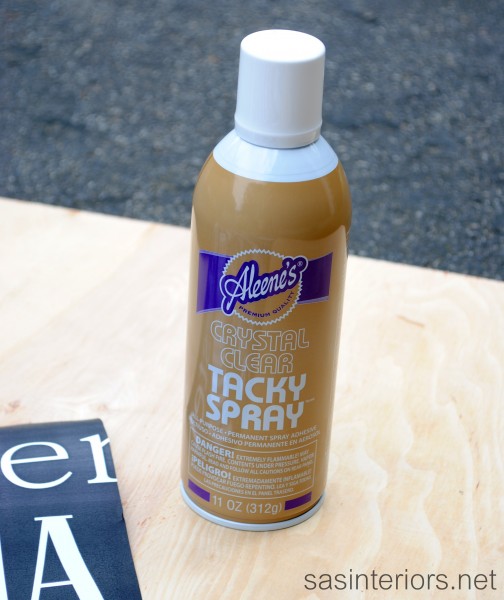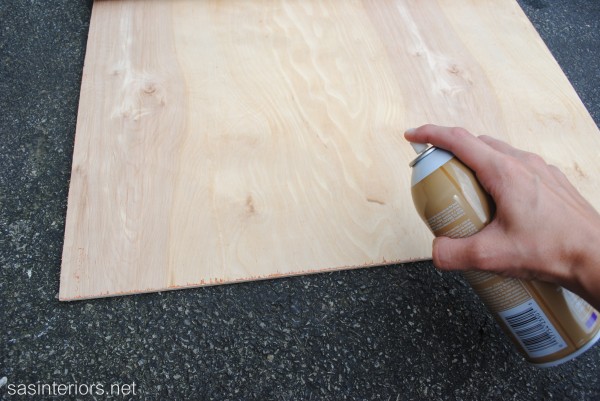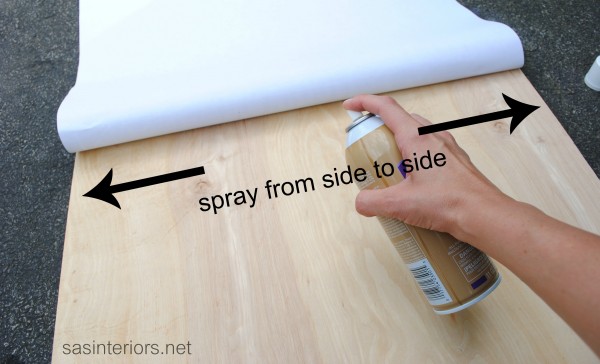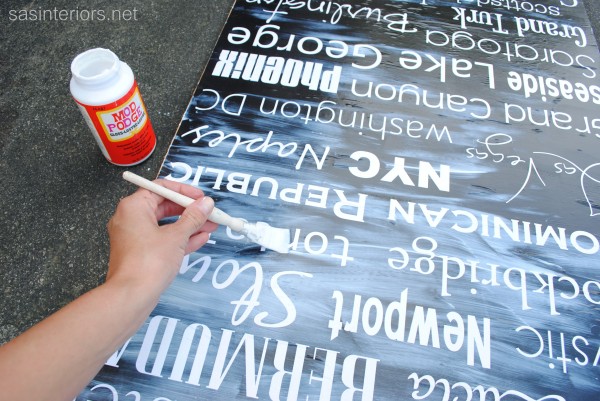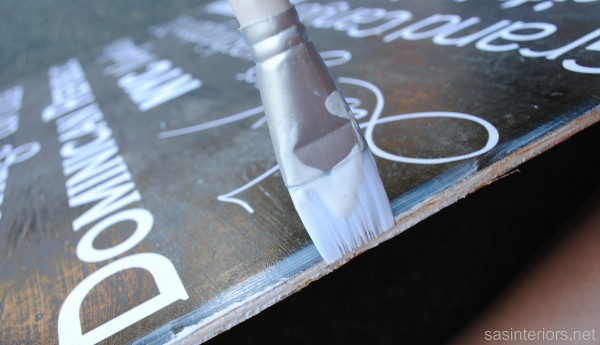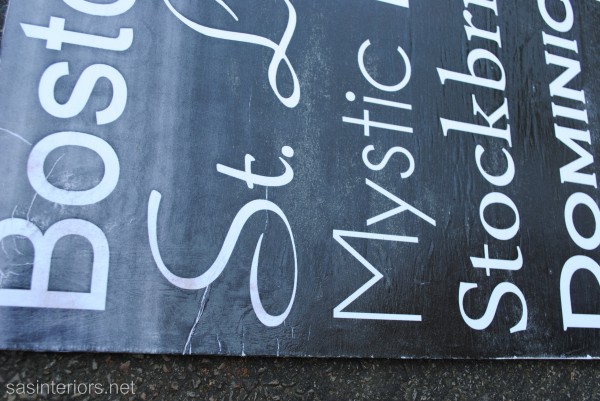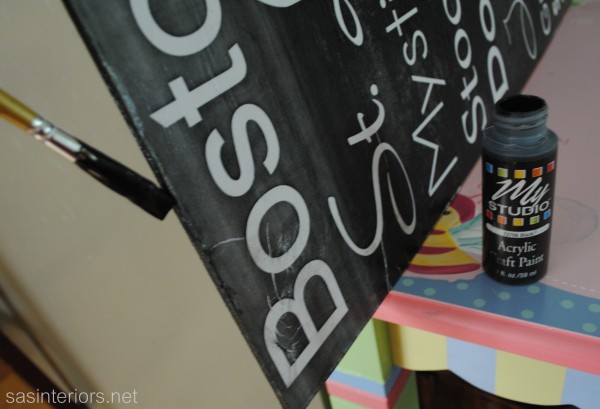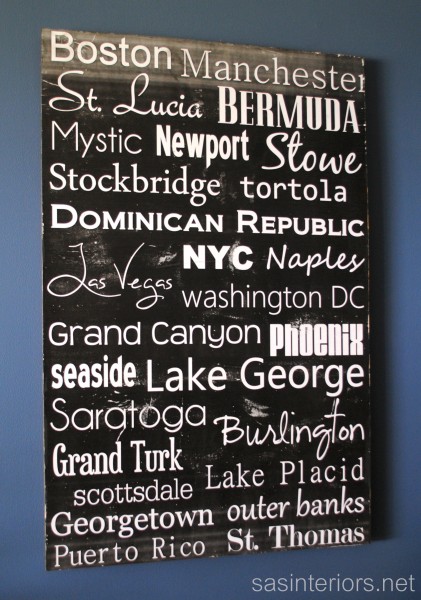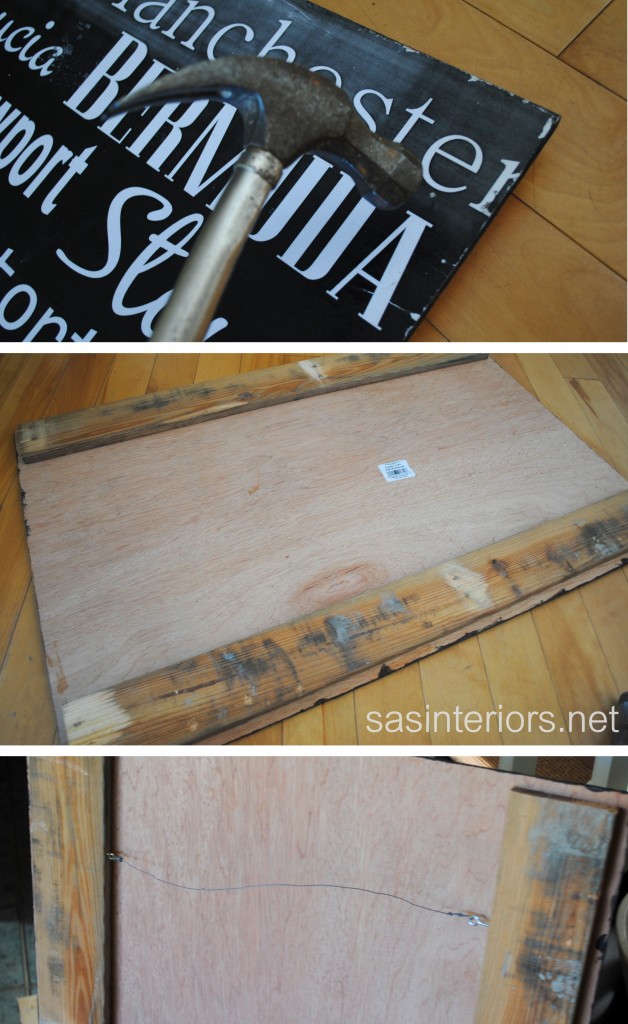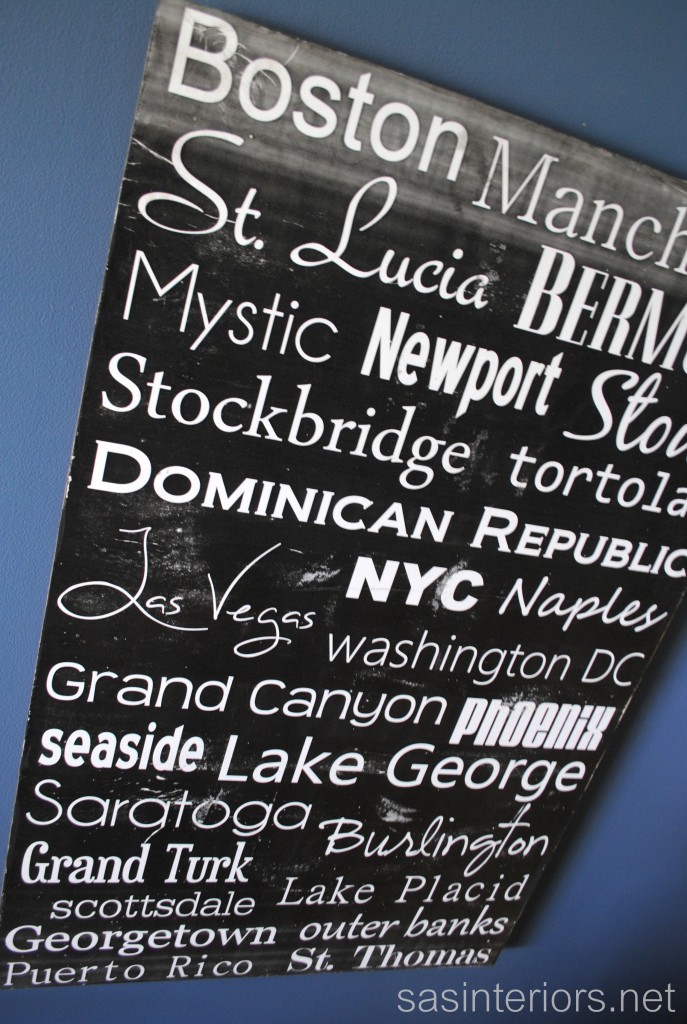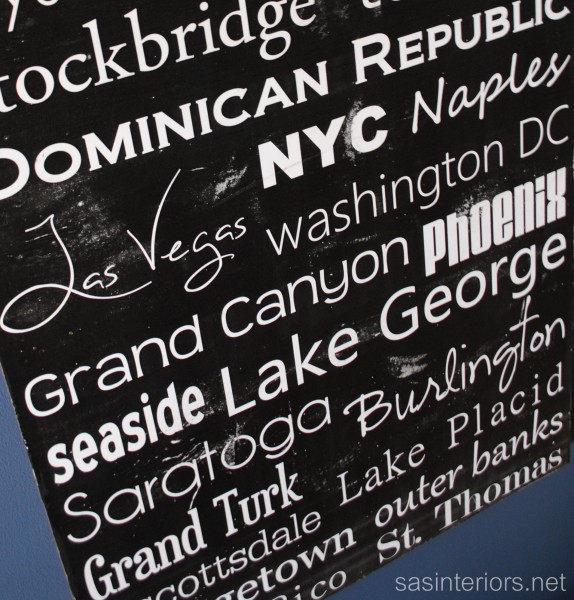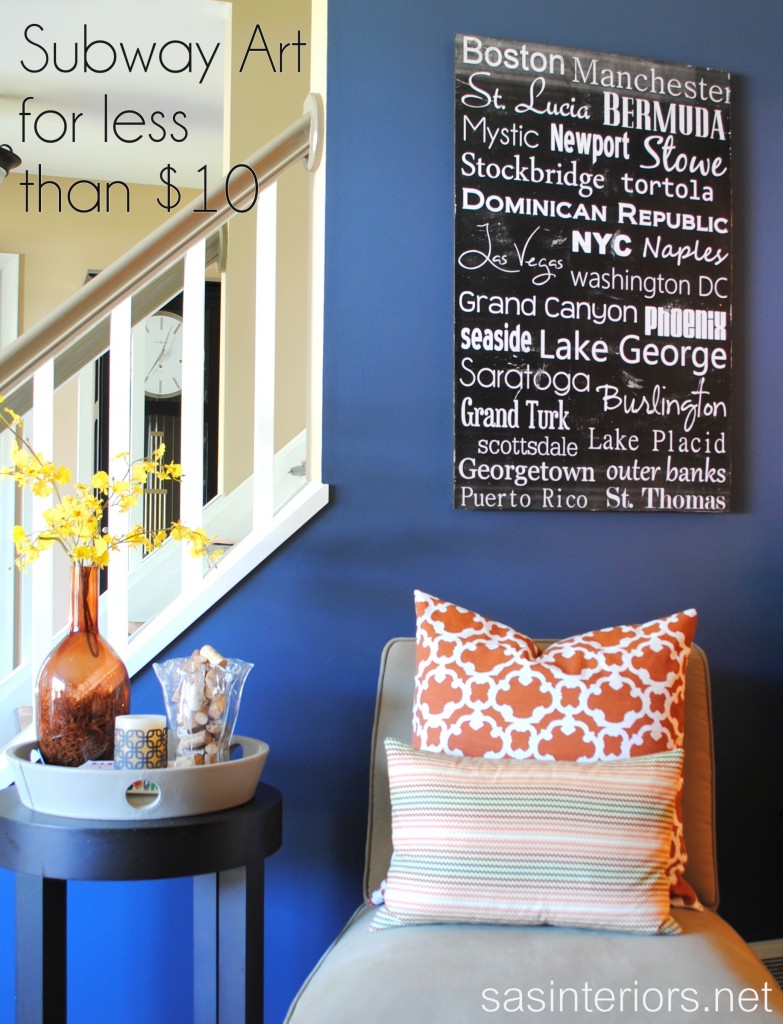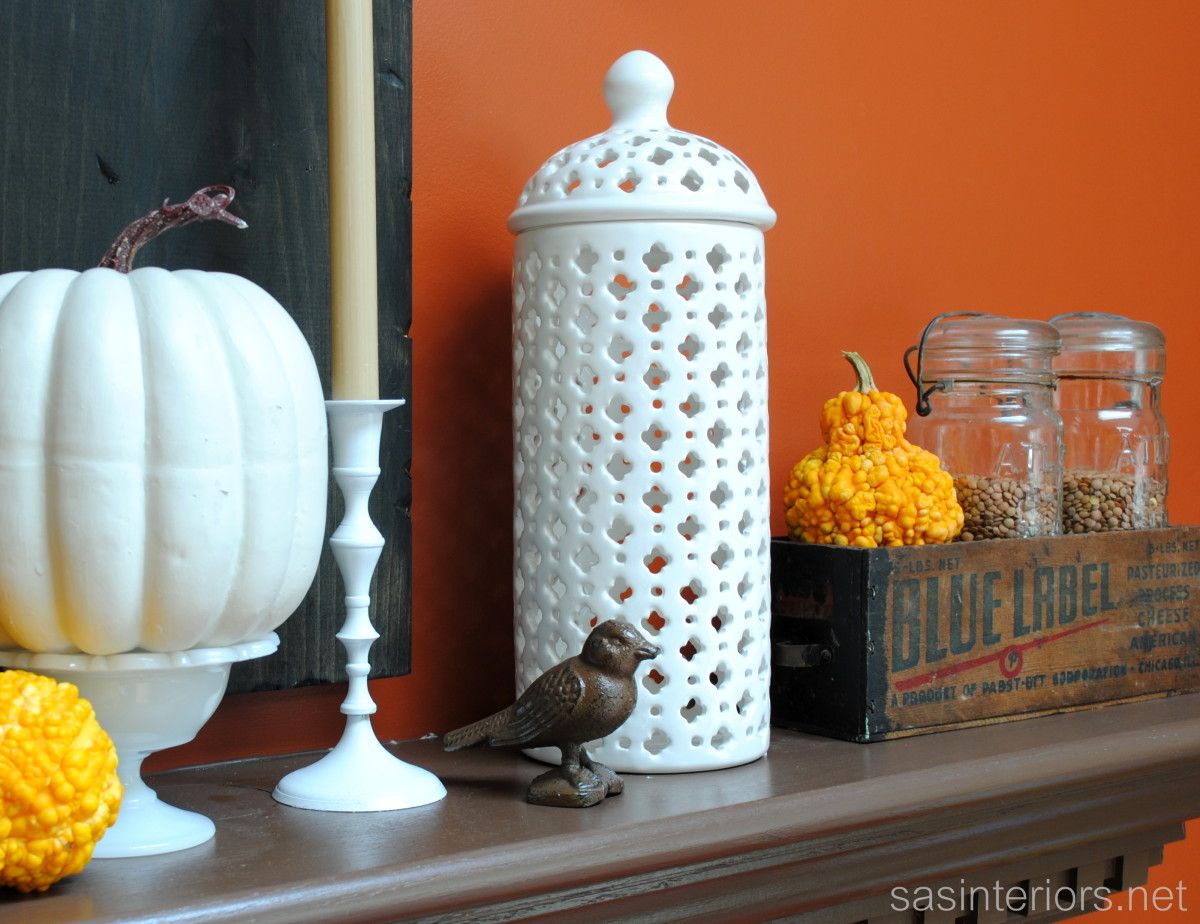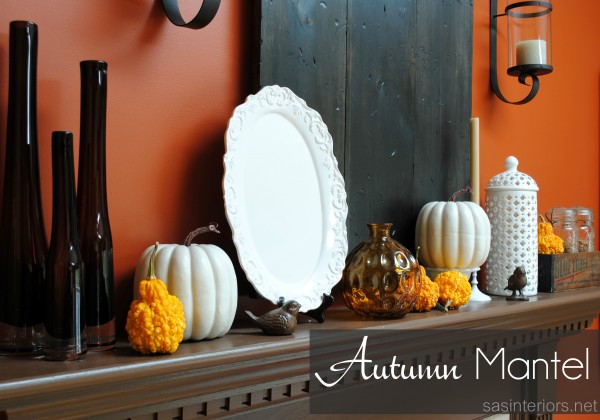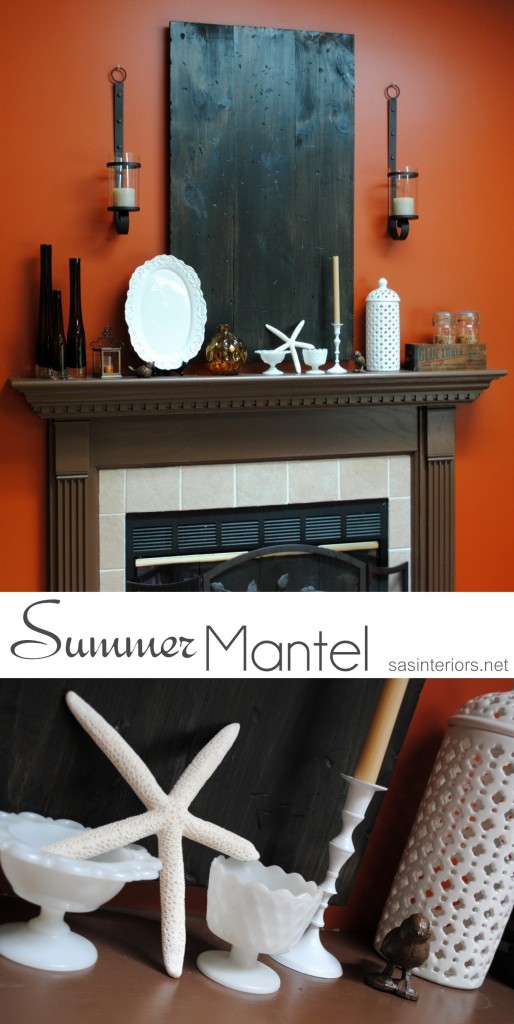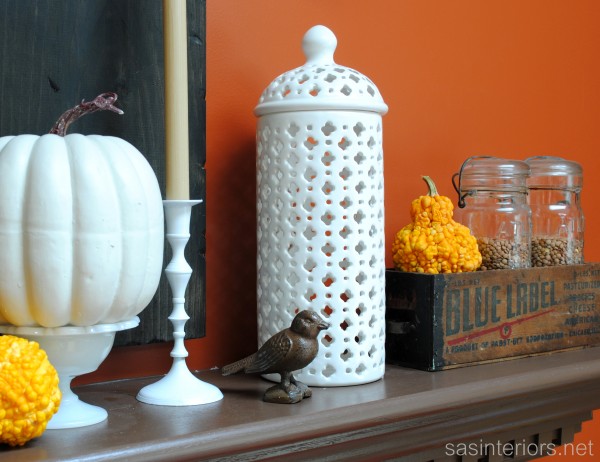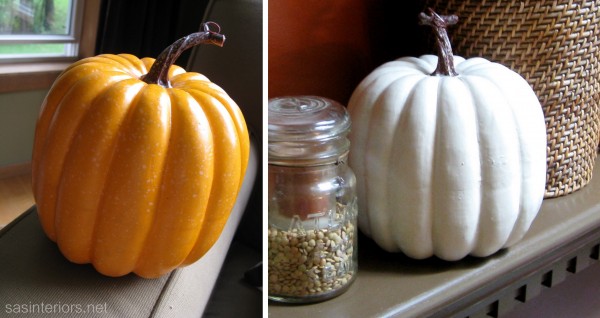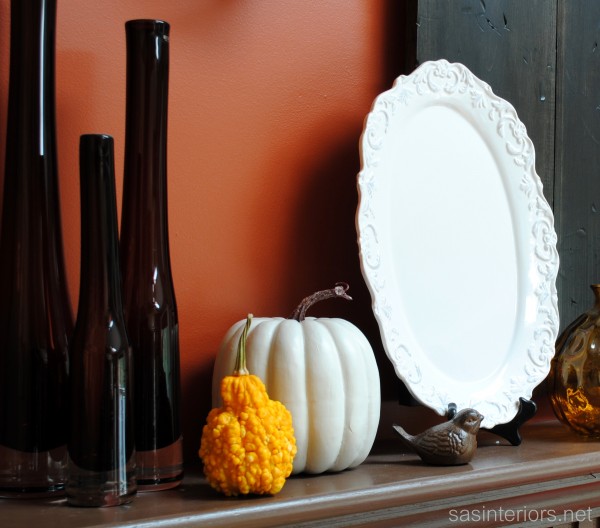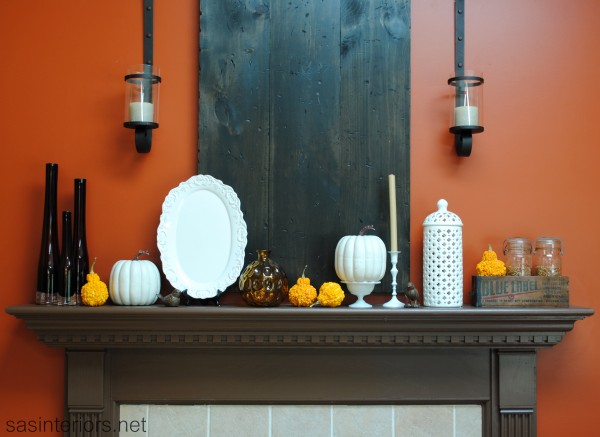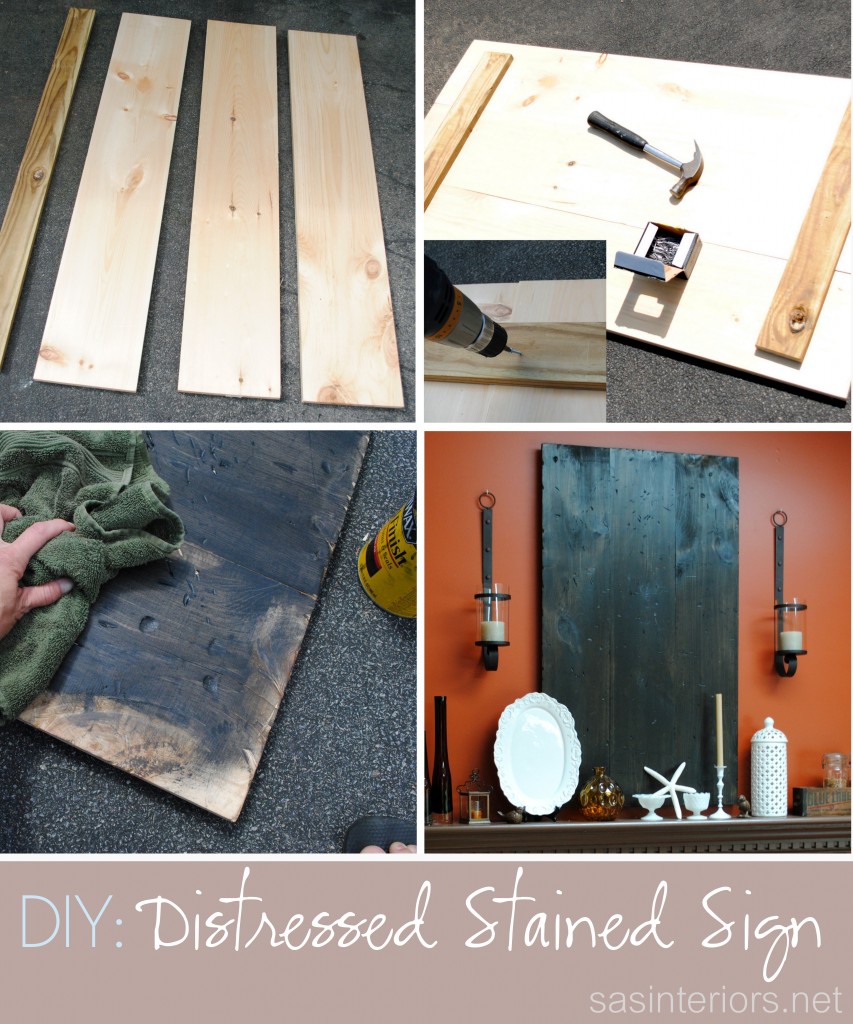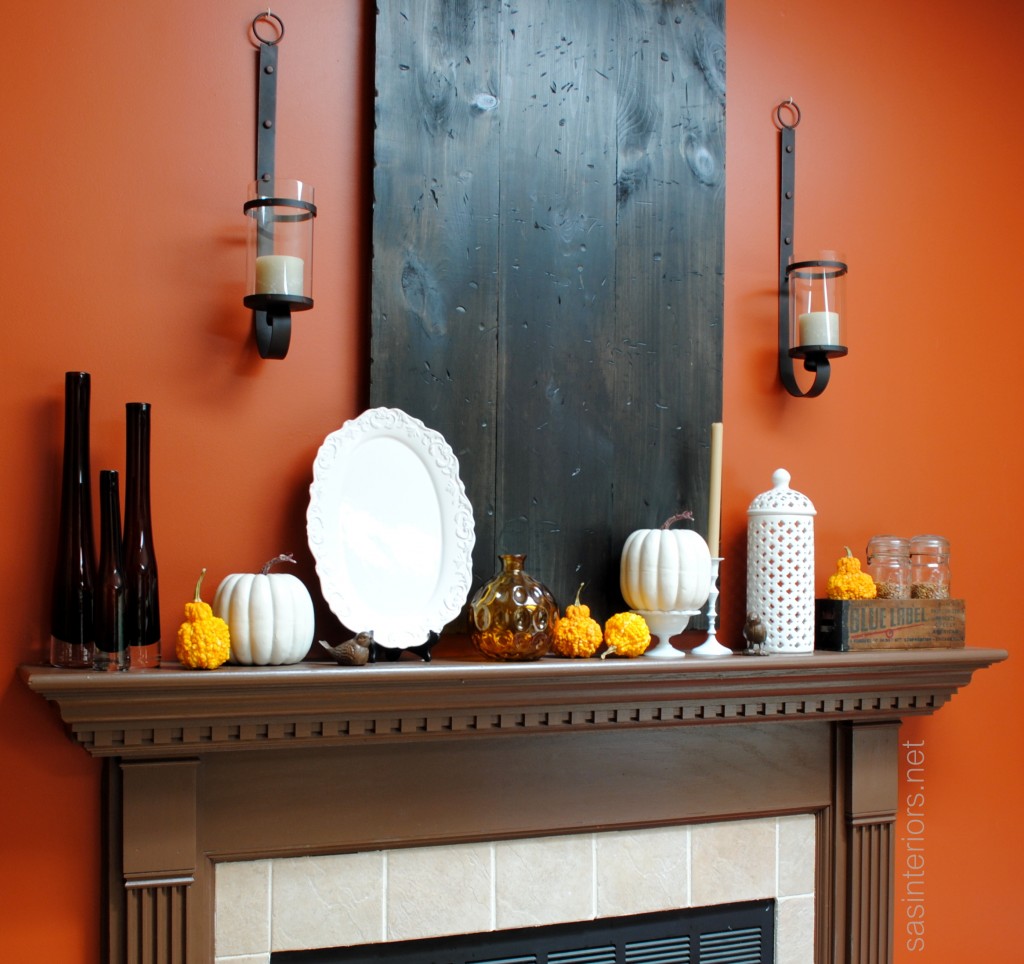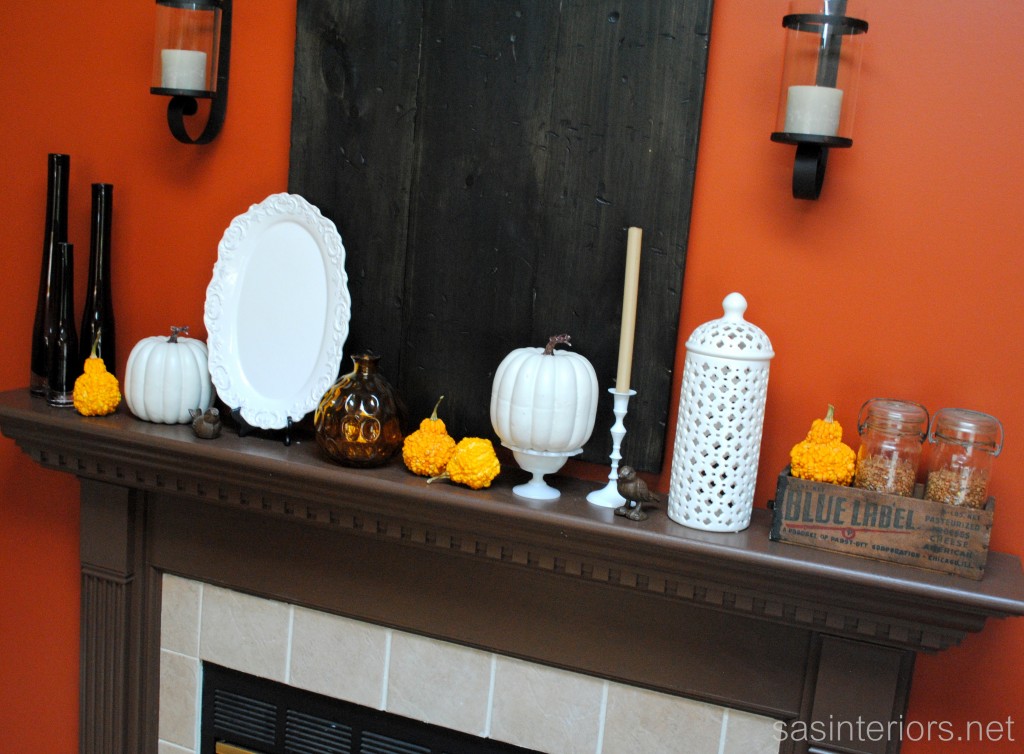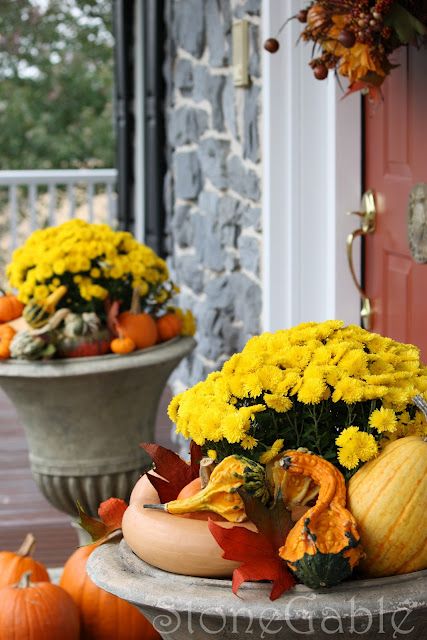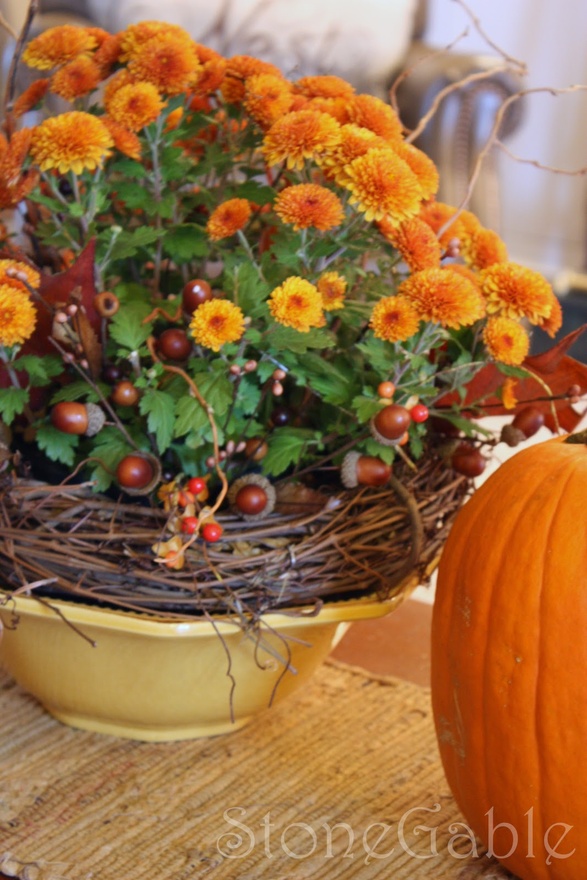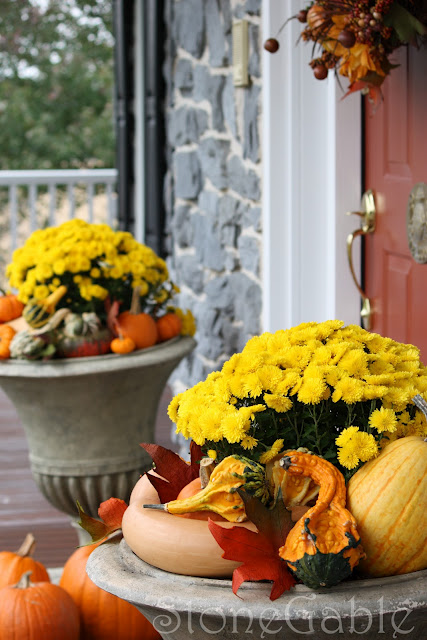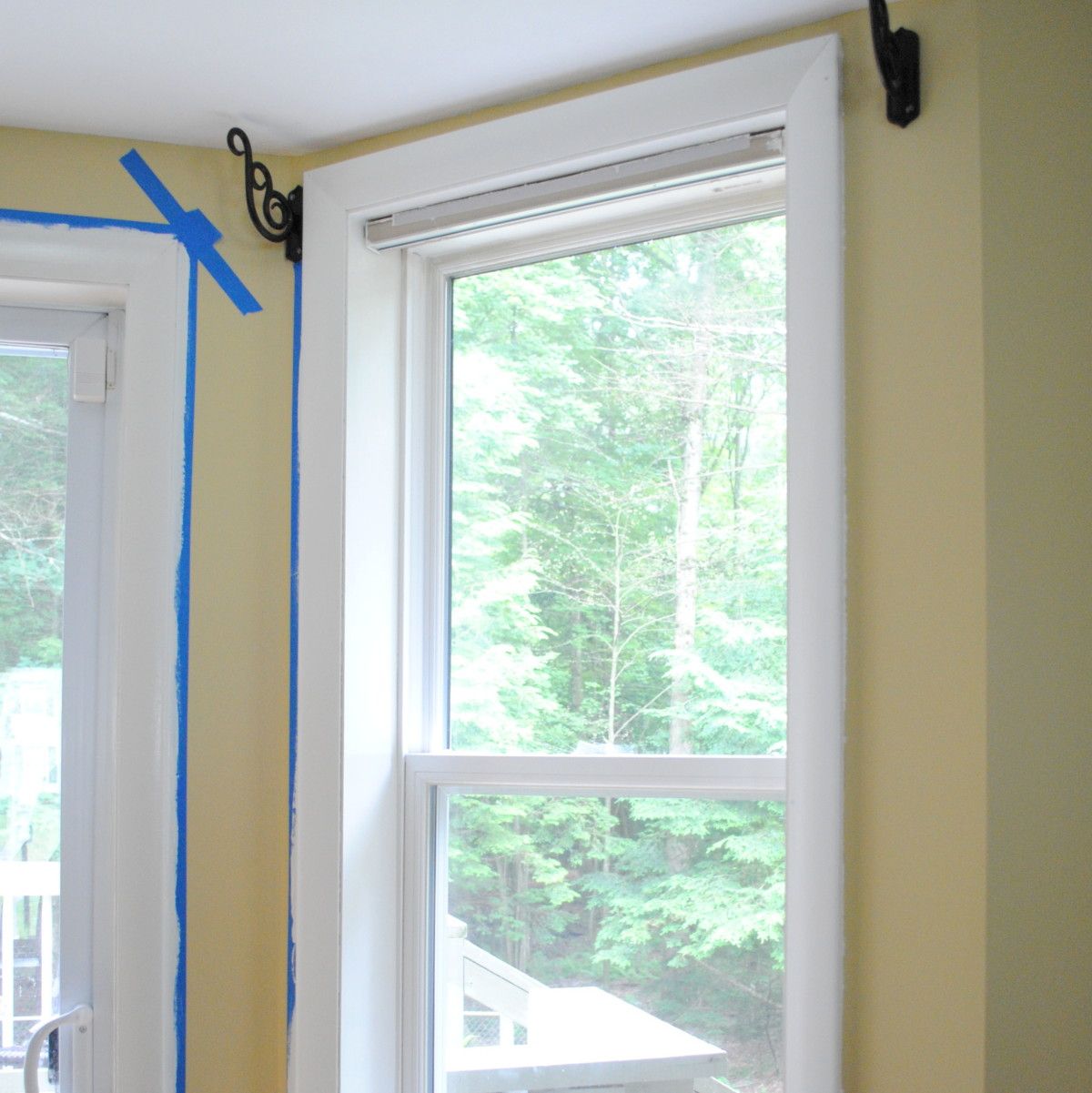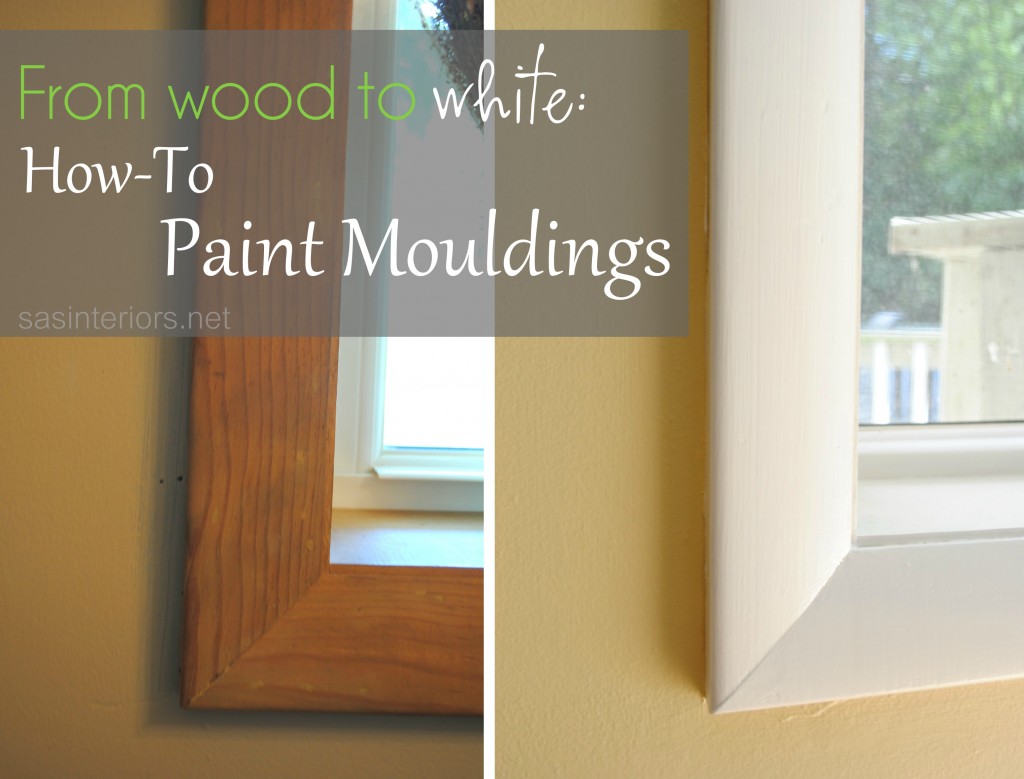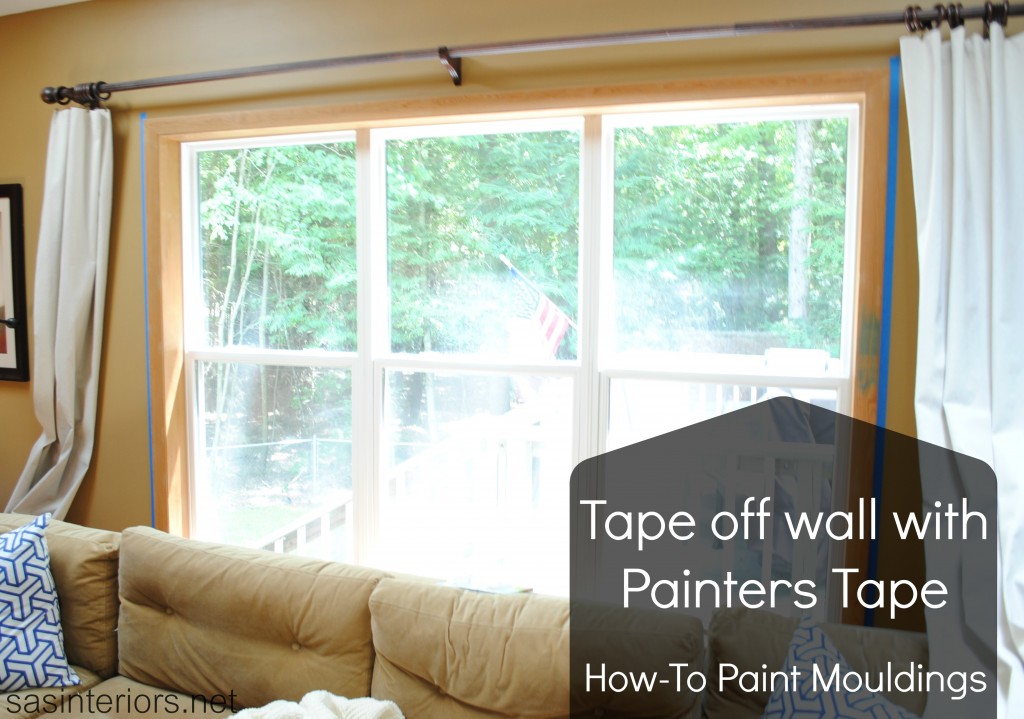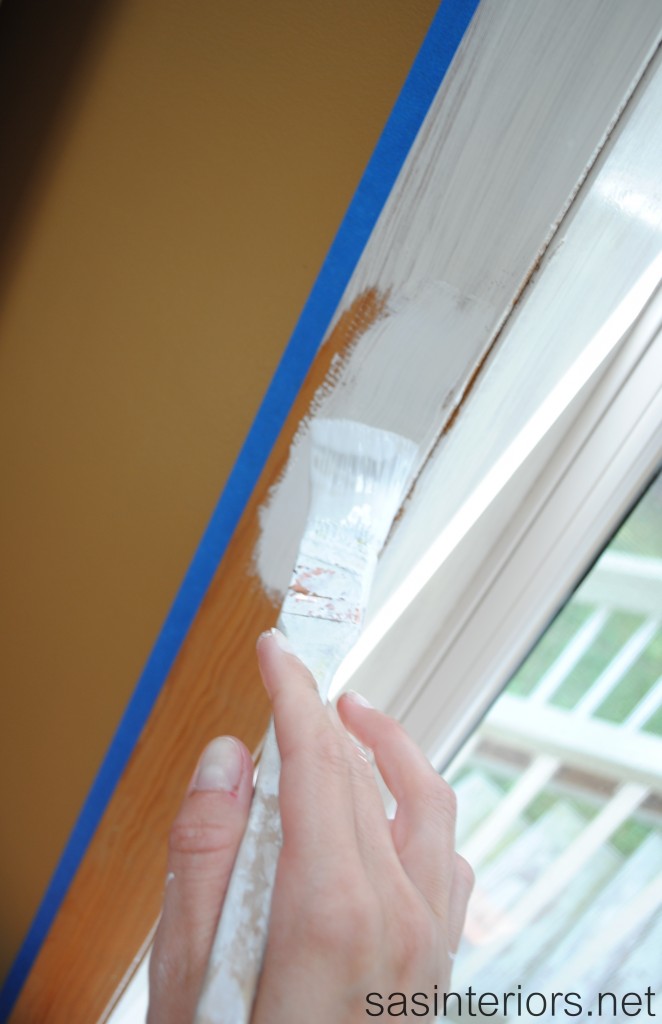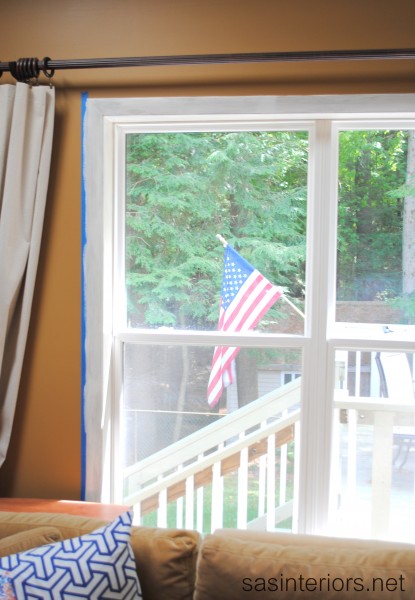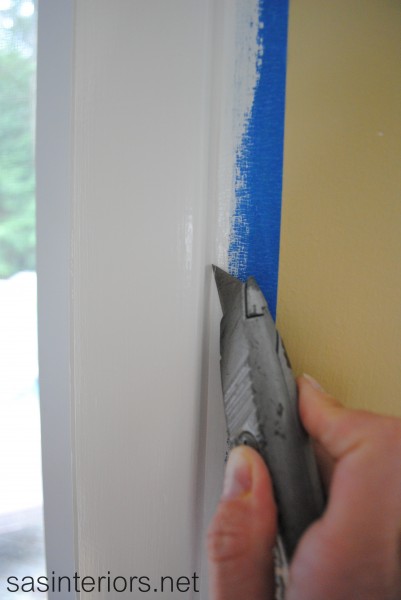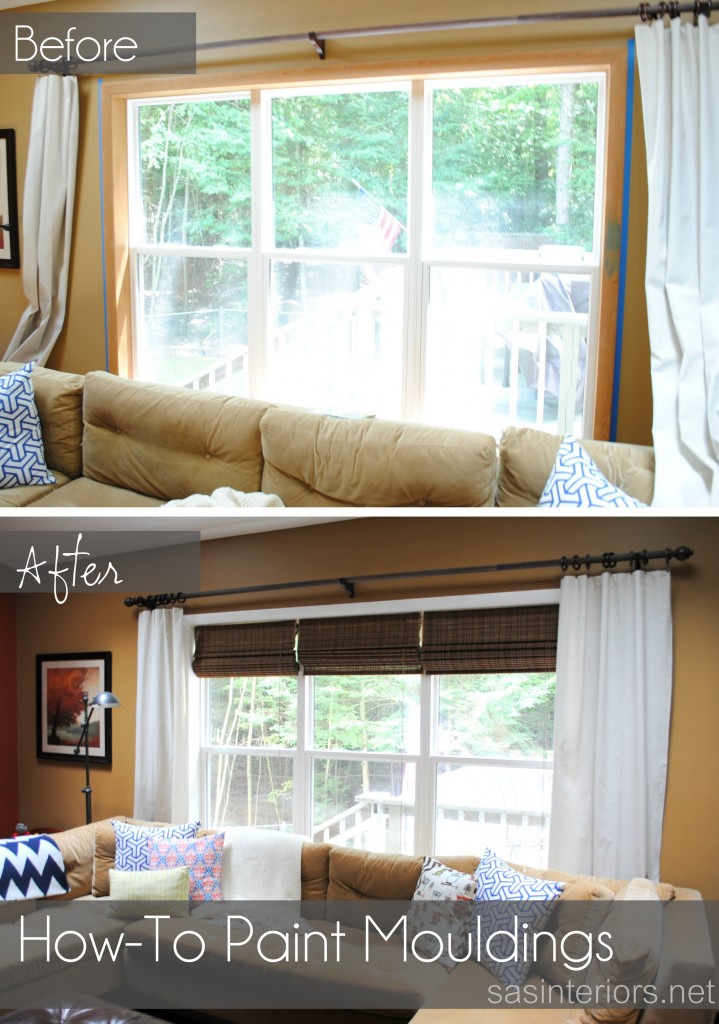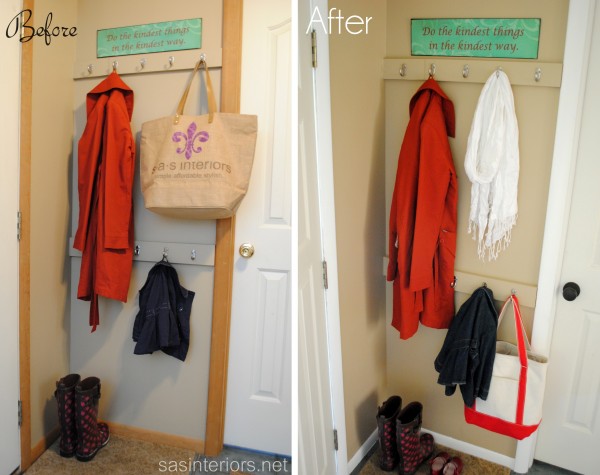Ombre Halloween Pillow with RIT Dye
Halloween is just a few short weeks away and even though I’ve already decorated for Fall, I wanted to spice it up with some Halloween accents. My favorite, inexpensive way to do that is with pillows.
I recently was lucky enough to get my hands on RIT Dye and thought an ombre design with a few spooky elements would fit the bill just perfectly.
Let me start by saying I have NEVER used liquid dye before and was a little apprehensive, but honestly it was really easy and fun to add a bit of color to a plain ole’ piece of fabric.
Here are all the colors I received for the project and since it was a Halloween pillow that I set out to create, I chose orange and black to work with.
I started off by making a simple white envelope pillow using a heavy cotton, which were scraps from another project. If you want to save time when making something similar, you can also buy a plain white pillow, but make sure the insert can be removed so the cover can be dyed. (Need a tutorial for an envelope pillow? Click here)
Once the pillow was complete, it was DYE TIME!
How you use the dye really depends on your fabric, plus how intense you want the color. For my project, I used a half bottle of dye + 2 gallons of warm tap water. I first put the dye into an old bucket, then added the water + …
… 1 cup of salt.
The magical formula was now ready!
Because there are so many uses for this liquid dye, there are many different techniques and ways to dye materials, so my advice is to do a test for whatever you plan on creating before venturing into the actual project. Never using dye before and wanting to create an ombre look (multiple, graduating depths of color) I had no idea if I was supposed to leave it in the dye for 5 seconds, 5 minutes, or 5 hours. So here’s my tester, and hopefully it’ll give you a guide when using the RIT products.
This swatch test really helped me to know how much I needed to dip the fabric for my real project. Again, this was my fabric, and I’m sure if you try this out, your fabric type and weight will be different, so do a test before starting your actual project.
Here’s how the dipping process went.
It was fairly easy and while the darkest area of the pillow was soaking up the dye, I worked on a few other projects (like my Travel Subway Sign). Once I was happy with the color, it was time to add the black. I didn’t really want an ombre look for the black and instead wanted it as intense and dark as possible, so I left this section of the pillow in the black dye for about 30 minutes.
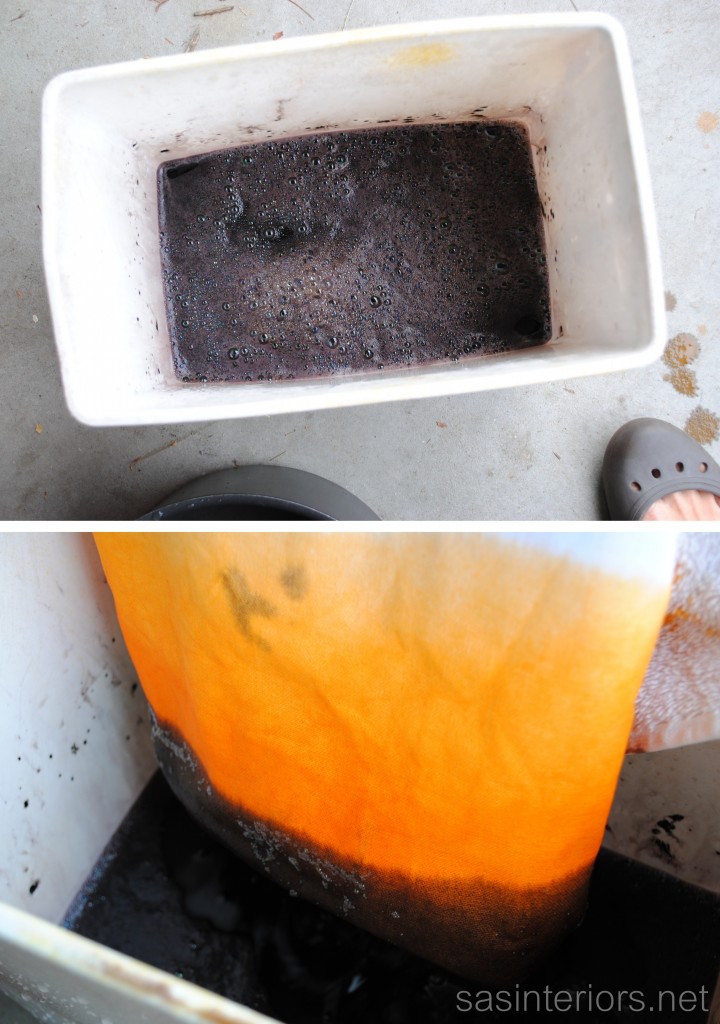
When it was done, I hung it on my beautiful drying rack. NOT! The lawnmower handle was just the right size and only feet away from the dying area. Be sure to put a rag underneath because it will stain (the mister was wondering what all the drips were on the garage floor when he came home that evening, hehe).
Once the pillow was good and dry (I waited till the next day about 24 hours later), I ironed it before starting the next step… Stenciling!
Using some fun, festive stencils that I got last year, I started adding them randomly on the orange ombre section of the pillow. Using the bat and spider design, I dabbed black fabric paint onto the stencil. Then on some of them I even added a little sparkly glitter.
These stencils have a sticky back so they stay nicely in place while painting. Then you can easily peel them off…
…and voila, it’s complete!
Have you ever used RIT liquid dye? If so, what projects have you created? I’ll admit, I was alittle weary to try it out, but I am thrilled that I did because it was really easy to use and I’m gushing over the result. I’ve got alot more dying projects on my to-do list now!
Disclaimer: I was sent complimentary product from RIT dye and was compensated for my time to use the product, but no one told me what to create, how to use it, or what to write. All opinions are 100% mine!
I link my projects to some of these parties: Skip to My Lou, Dittle Dattle, Between Naps on the Porch, Today’s Creative Blog, Stories of A to Z, All Things Heart & Home, House of Hepworths, Finding Fabulous, The Shabby Nest, Serenity Now, Tatertots and Jello, Thrifty Decor Chick, Tip Junkie
